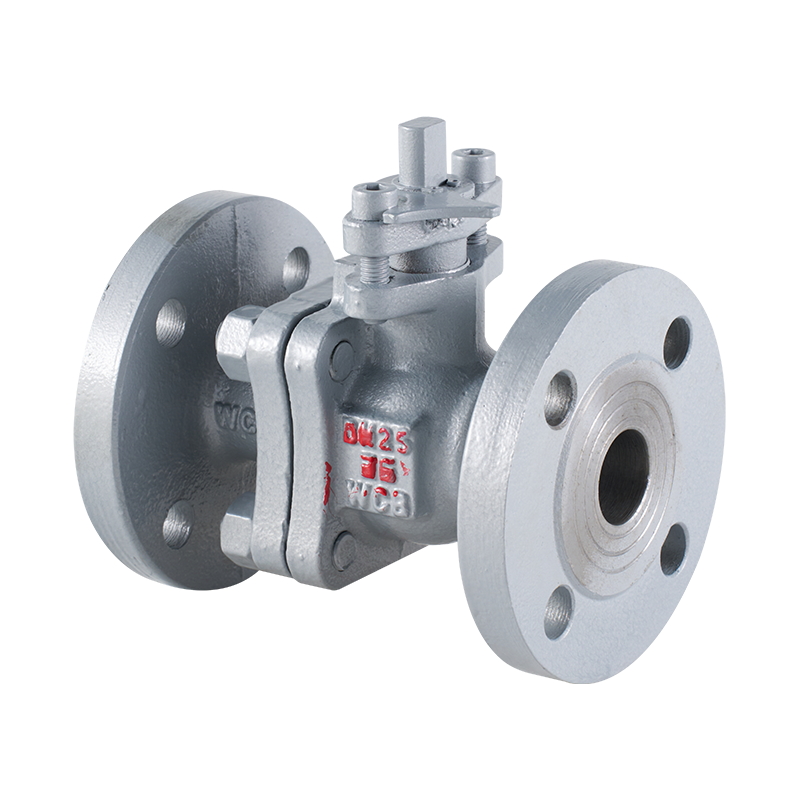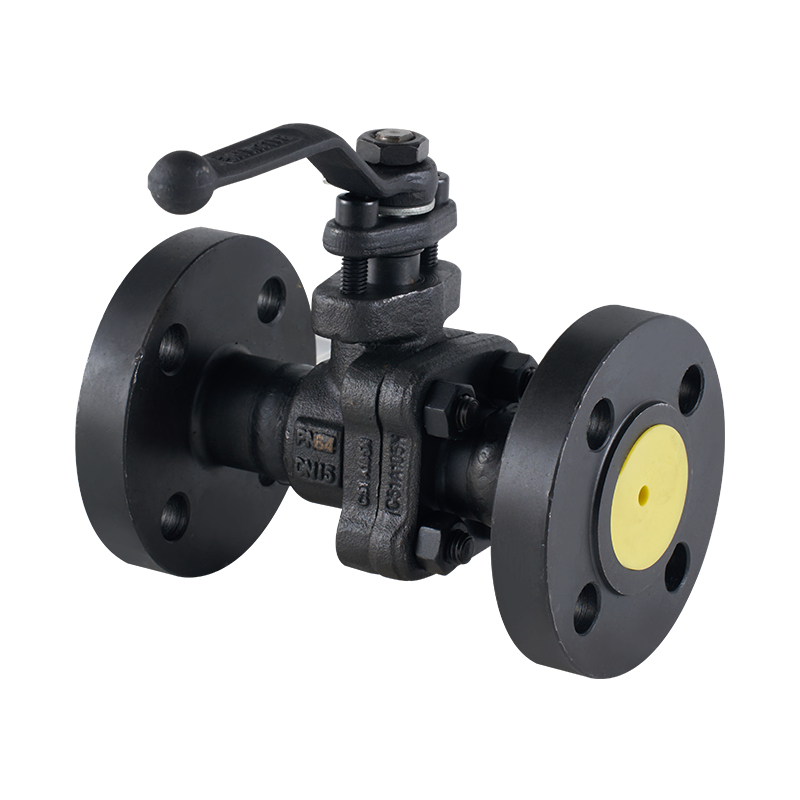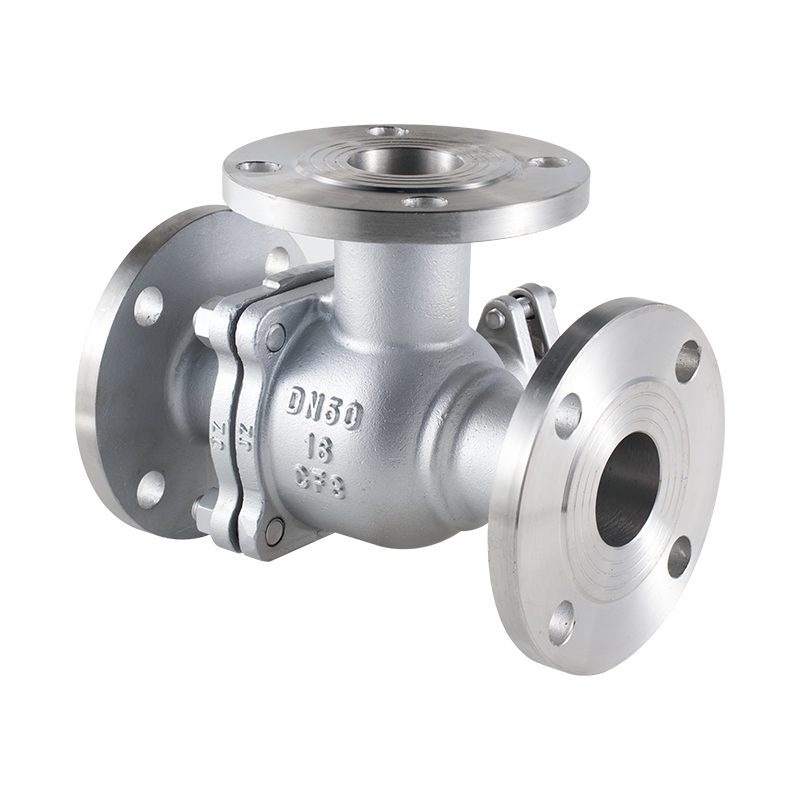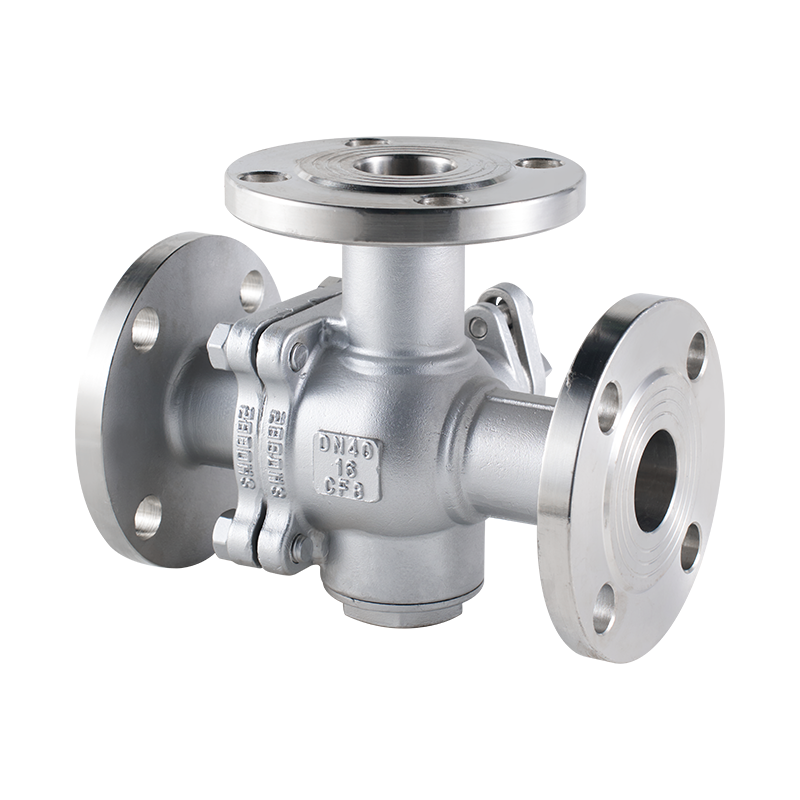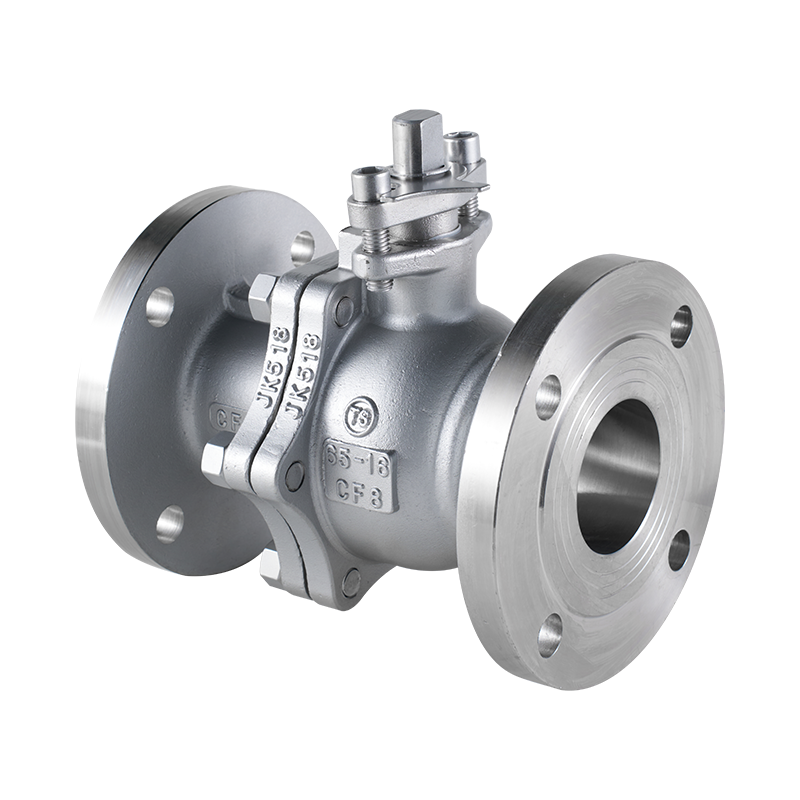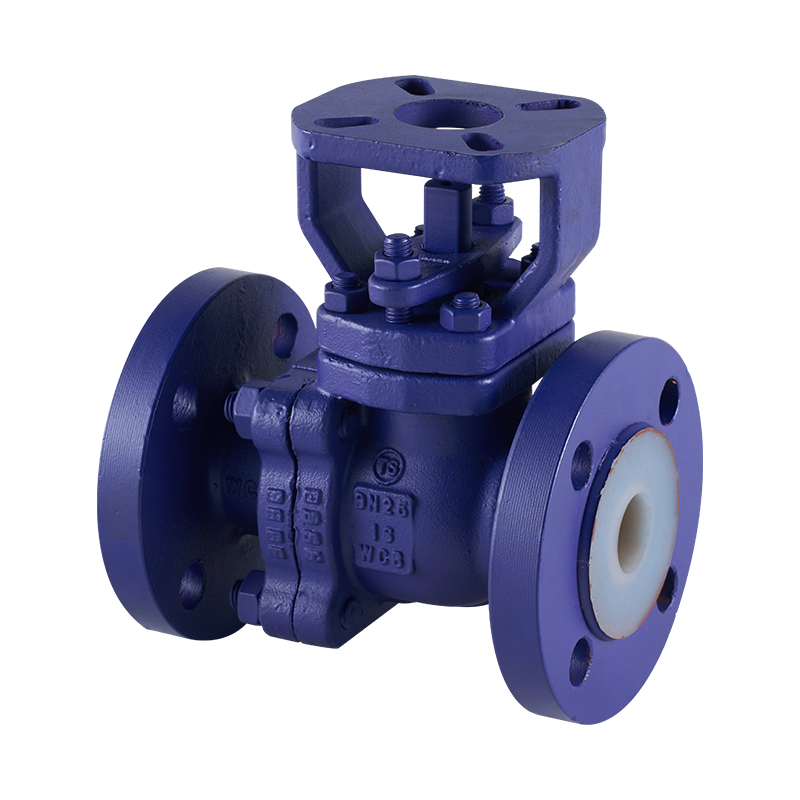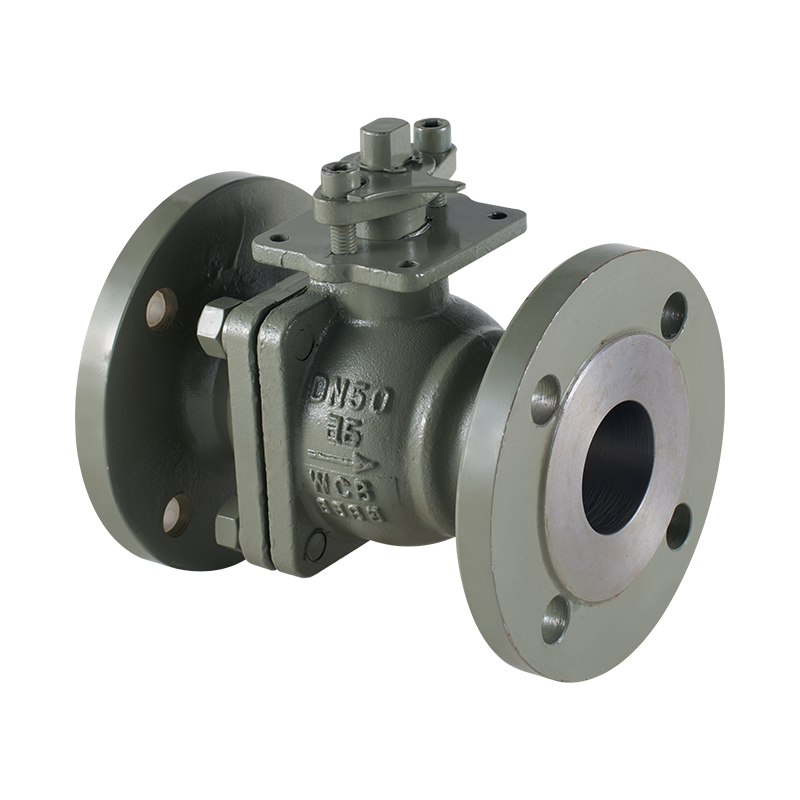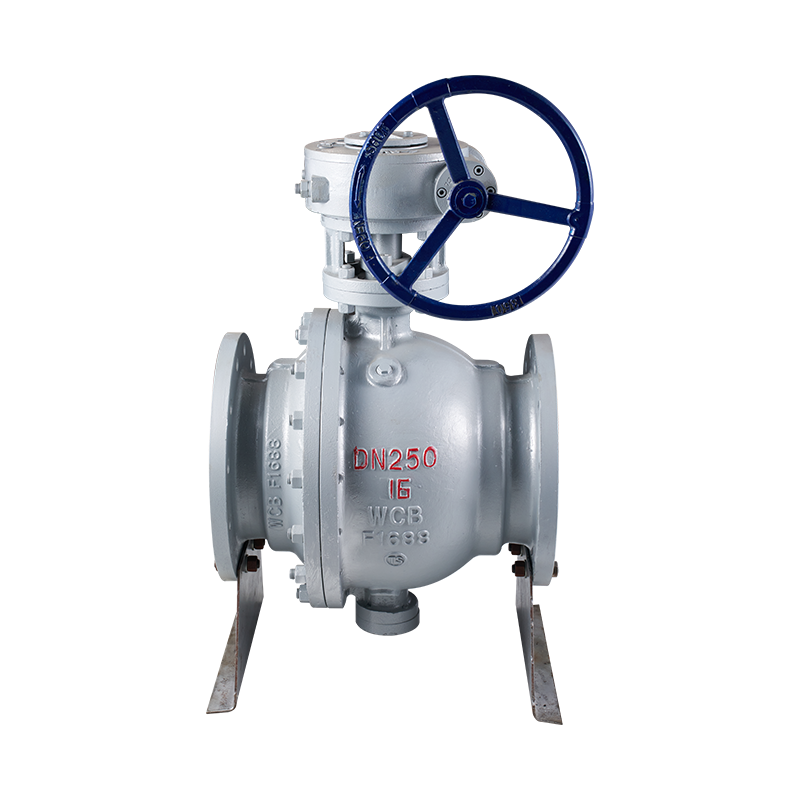In the world of industrial fluid control, the importance of selecting the right filtration components cannot be overstated. Among various filter types, the Y Type Strainer stands out as a reliable choice for protecting pipeline systems from debris and potential blockages. Whether it's a petrochemical refinery, a power plant, or a water treatment facility, implementing an effective straining solution directly affects system performance and longevity.
In particular, the Cast Steel Y Type Strainer is favored in demanding environments where high pressure, elevated temperatures, or aggressive media are involved. Its robust construction and corrosion resistance make it a practical solution for engineers who prioritize system durability and consistent flow control.

Why Y-Type Strainers Matter for Pipeline Efficiency
Y-type strainers are designed to trap and remove particles such as rust, scale, and other impurities from liquids, gases, or steam. Installed upstream of pumps, valves, or meters, these strainers act as the one line of defense against mechanical damage or performance degradation.
In continuous-operation industries like petrochemicals and electricity generation, even minor interruptions can cause significant downtime costs. A well-placed Y-type strainer prevents such issues by ensuring cleaner media reaches sensitive equipment.
Key Advantages of Cast Steel Y-Type Strainers
Material Strength: Cast steel offers high tensile strength, making the strainer suitable for applications involving pressure surges or thermal shocks.
Corrosion Resistance: With proper coatings or alloy choices, cast steel resists corrosion caused by chemicals or salt-heavy environments.
Temperature Tolerance: These strainers can withstand temperatures commonly found in power plants or chemical reactors, making them versatile for tough conditions.
Longer Service Life: Compared to other materials like bronze or plastic, cast steel requires less frequent replacement and can endure wear over longer periods.
Now that you know the material benefits, let’s dive into how these strainers perform in different industries.
Applications Across Industries
1. Petrochemical Plants
In refineries and chemical processing facilities, even small particles can cause havoc. Cast Steel Y Type Strainers play a vital role in filtering viscous or chemically active fluids, preserving the integrity of pumps, flow meters, and control valves.
2. Power Generation
In steam and cooling water lines within power plants, strainers need to withstand thermal expansion and pressure cycling. The rugged nature of cast steel makes it suitable for these conditions while maintaining outstanding flow.
3. Water Treatment Facilities
Water intake and distribution systems often carry sediment, sand, and biological matter. Y-type strainers installed in these pipelines reduce fouling and protect sensitive components like UV systems or reverse osmosis membranes.
Choosing the Right Y-Type Strainer: Practical Tips
Here are a few considerations when choosing a Y-type strainer for your operation:
Pressure and Temperature Ratings: Always check that the strainer’s ratings match or exceed your pipeline requirements.
Screen Size and Material: Choose screens that can capture expected particle sizes without causing pressure drops.
Blow-Off Connections: For systems with continuous flow, selecting strainers with blow-off options allows cleaning without interrupting operations.
Installation Position: Y-type strainers should be installed with the leg of the “Y” pointing downward to collect debris properly.
To learn more about installation or customization, working directly with a professional valve manufacturer can provide solutions tailored to your system’s demands.
As industrial operations continue to grow in complexity, so does the need for reliable filtration solutions. At Zhejiang Xiongxiang Valve Co., Ltd., we’re committed to helping clients find the right fit for every application—combining function, quality, and long-term value.

 English
English 中文简体
中文简体


